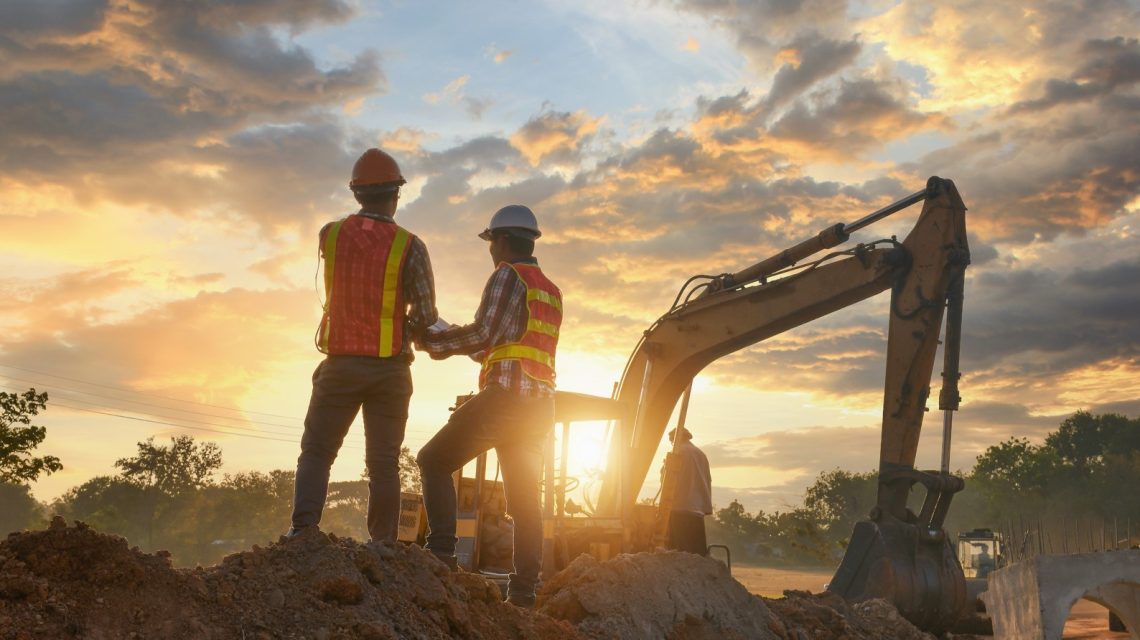We have appointed the multi-disciplinary engineering consultancy, Stopford, to support site due diligence and plant compliance for use in the UK, working towards the target to have our first UK plant operational by Q3 2024.
Two potential industrial sites have already been identified specifically for the purpose of a pilot programme for three tonnes per hour plant converting municipal/medical waste to generate electricity for a grid connection.
Stopford will undertake a desk study of the selected sites to assess whether they are fit for purpose, and secure planning and environmental permitting as part of its overall due diligence scope of work which also includes monitoring the plants’ performance for three to six months after installation and commissioning.
Pyrolysise has developed its new waste carbonisation technology with near-to-zero emissions as a game-changing solution to reduce greenhouse gases when working on operational landfill and mining capped and noxious landfill sites for land reclamation.
John Bell, Managing Director of Pyrolysise, said: “Our technology is capable of both generating energy and sequestration of carbon. Our mission goes way beyond the usual benefits of a waste recycling process – we’re aiming to remove the reliance on landfill sites and create sustainable urban living, aesthetically blending with local landscapes.
“We have appointed Stopford to support our strategy due to the team’s extensive experience, engineering know-how, and its focus on developing a sustainable, low-carbon world.”
Prith Rajendran, Managing Director at Stopford, commented: “Stopford has been involved in the waste-to-energy sector for more than thirty-five years, with significant experience in the technologies associated with the sector. We are pleased to be supporting Pyrolysise on its exciting pipeline of projects.”
Pyrolysise has exclusivity and IP rights to build and install waste carbonisation plant capable of processing unsegregated municipal/medical waste directly from landfill sites or kerbside collections at 900 degrees centigrade.
The plant is capable of taking unsegregated municipal/medical waste and converting it to clean reusable biochar for fertiliser or heating, and biofuel for power generation, alternatively it can generate 3-4 MW of electricity directly to the grid from a five-tonne per hour plant.
It is modular in design with a footprint of less than 1000 square metres. The reactor units are containerised for ease of shipping and installation, designed to be functional and as energy efficient as it is aesthetically pleasing. The plant can be built, transported, and installed within six months.
This technology promotes sustainable waste management, preventing soil and groundwater pollution, preserving natural habitats, reduces/eliminates the risk of leachate contamination, protects both the environment and human health, and generates sustainable and renewable sources of energy.
The Technology
This innovative, proprietary technology runs a system that renders the plant 100% self-sustainable: it utilises only 10% of its own bio-coal to heat the carbonisation oven and produces non pollutant emissions. All gases from the enclosed pyrolysis process are retrieved and recuperated by a highly efficient distilling structure.
The Process
The pyrolysis process is a thermochemical decomposition of organic material. The dry and humid vapours formed in the pyrolysis furnace are routed to the distiller, then after the pyrolysis process, residues are transferred to a cooling and formulation area. The addition of vegetable pigments aid in the agglomeration of biochar, and a briquette machine which can be fitted (a component of the plant) forms bio-coal.
About Stopford
Stopford is an international multi-disciplinary consultancy, engineering design and project management services company founded in the UK in 1982.
It works with companies around the world in emerging and existing industries, and its ambition is to lead the way in engineering a sustainable world through the transition to a low-carbon economy.

